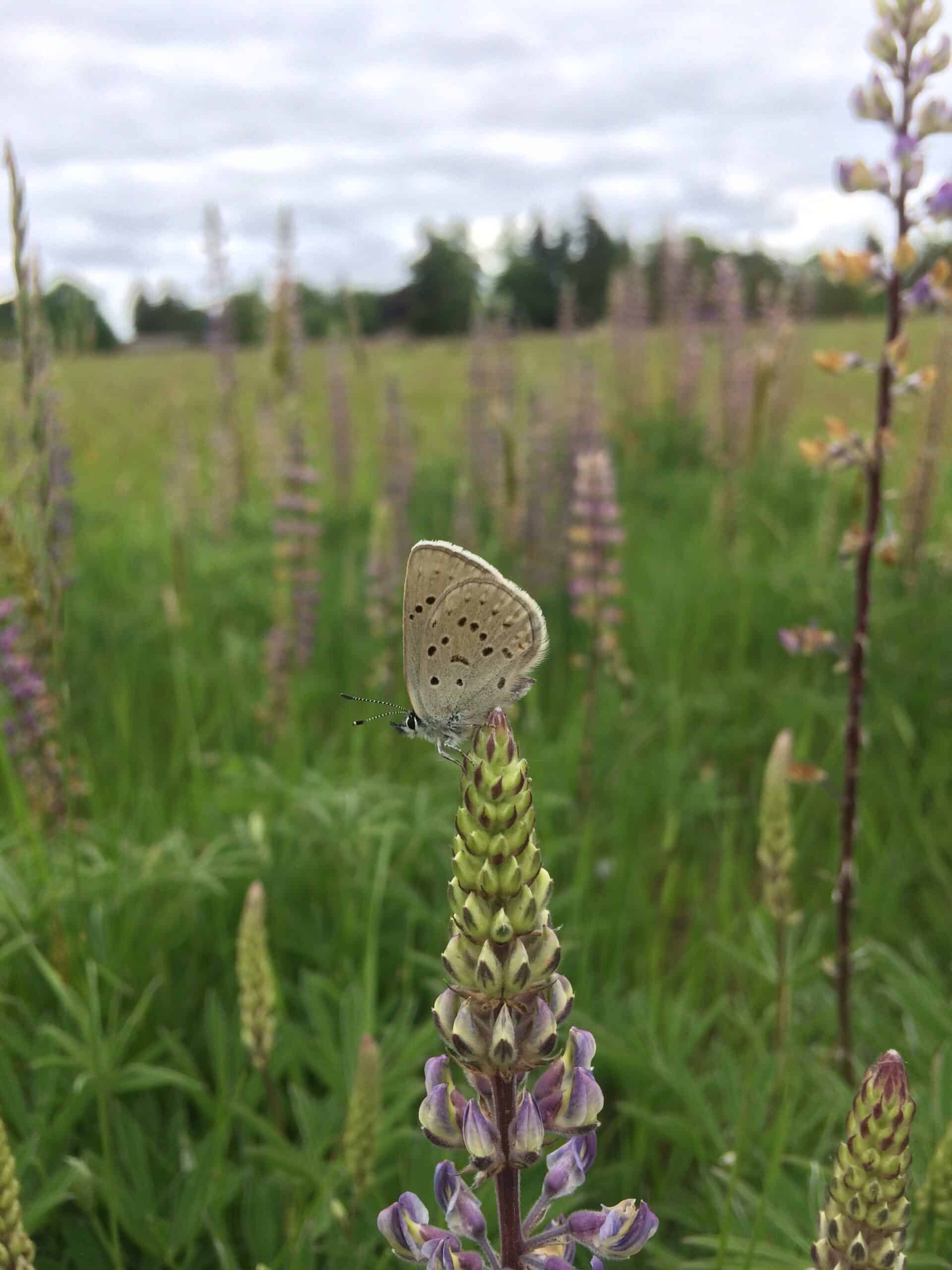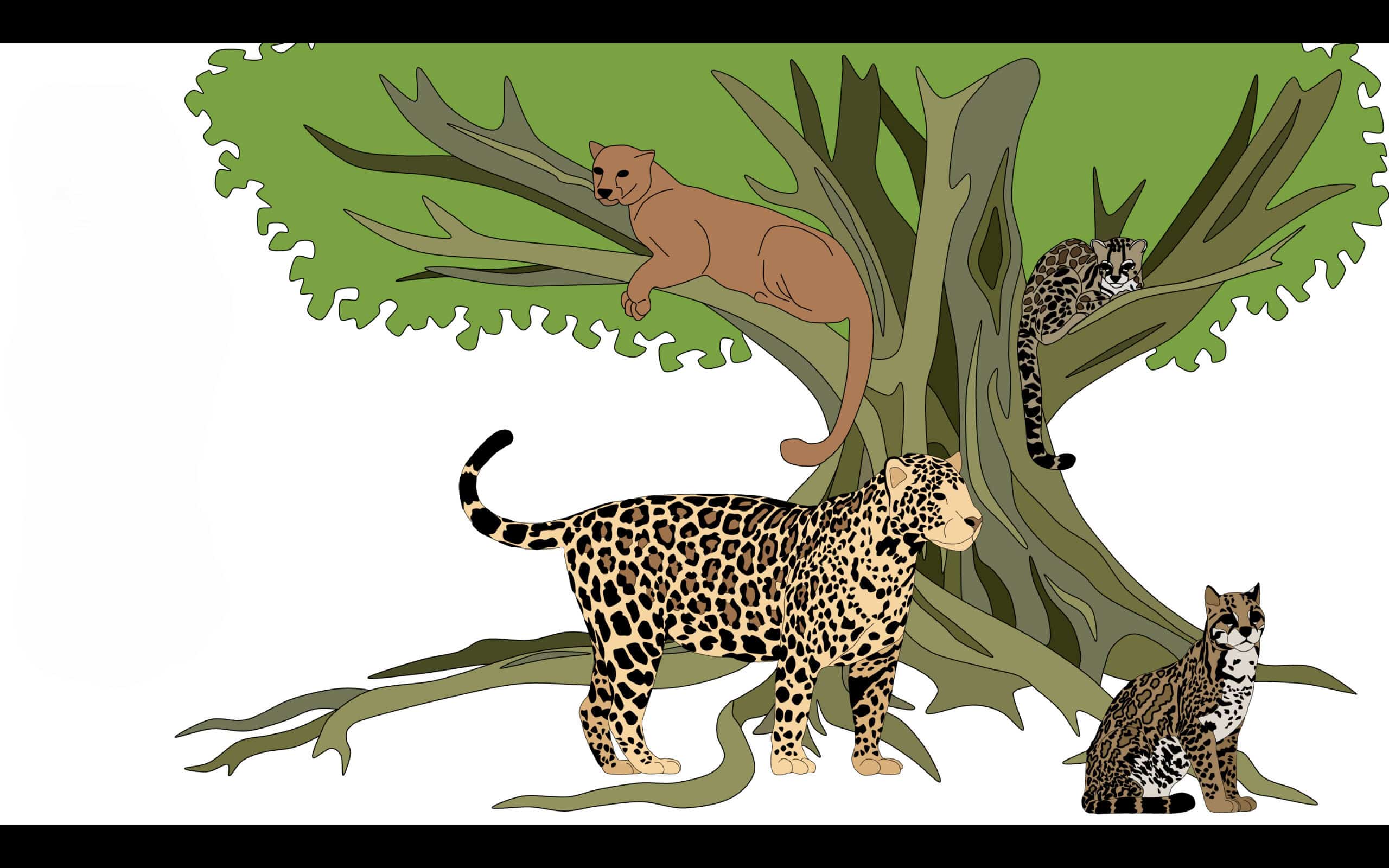Share this article
TWS Position Statement: Energy Development and Wildlife
Back to Position Statements page
Energy development is growing to meet society’s mounting energy needs. All forms of energy development can affect wildlife and wildlife habitat. The Wildlife Society acknowledges that world-wide energy demands will continue to increase, and energy use is an integral part of our daily lives. Nonetheless, The Wildlife Society seeks to minimize adverse impacts of energy development on wildlife populations and their habitat and connectivity.
Effects of energy development and production on wildlife include their displacement and isolation, increased exposure to human activities, introduction of invasive species, and both direct and indirect effects on reproduction and mortality. Effects vary based on cover type, wildlife species, ecosystem, and the type of energy development involved. Infrastructure from energy development can fragment, degrade, and destroy wildlife habitats and movement corridors, and natural recovery or restoration following disturbance can be extremely slow. The Wildlife Society also recognizes that environmentally sound decommissioning and reclamation of obsolete energy projects, such as aging and unneeded hydro projects, windmills, or “orphaned” plugged/abandoned oil and gas wells is necessary to safeguard wildlife and their habitat.
Governing agencies, including tribal entities, often have the authority and mandate to require reasonable planning, mitigating, decommissioning, and reclaiming measures that will minimize or avoid negative impacts on wildlife and their habitats. Responsible management of energy projects include activities that sustain fish and wildlife populations including their habitats and connectivity, protect environmental and ecological processes, and provide for recreational use and aesthetic considerations.
The policy of The Wildlife Society regarding energy development is to:
- Urge implementation of practical measures to avoid, reduce, and offset negative effects on wildlife populations and their habitat and connectivity resulting from energy development.
- Emphasize scientific monitoring and evaluation to enable transparent, on-going adjustment of operations to reduce the negative effects to wildlife populations, their habitats and connectivity, and other natural resources.
- Encourage early and continuing coordination and cooperation among local, state, provincial, and national agencies, indigenous tribes and Nations, and energy developers to promote planning, development, and implementation of siting, monitoring, and mitigation strategies that minimize the impact of energy development on wildlife.
- Encourage comprehensive inventory of natural resource conditions prior to an energy development project. Baseline information should be used to monitor and establish standards for site-specific pre- and post-development evaluations, as well as to inform effective and appropriate mitigation, and to develop and implement site reclamation activities.
- Encourage lead agencies to issue formal, science-based findings at the conclusion of each stage in the planning and permitting processes related to energy development. These findings should describe objectively the impacts of the anticipated actions, the inherent uncertainties, and whether the implementation of the plan and the provisions of a permit will conserve wildlife resources affected by the proposed actions.
- Encourage energy developers to work with wildlife professionals to implement operations that will maintain, improve, or enhance wildlife populations, their habitats and connectivity as a result of energy development, and to decommission obsolete structures and components and reclaim areas in an environmentally sound manner.
Approved by Council June 2021.








